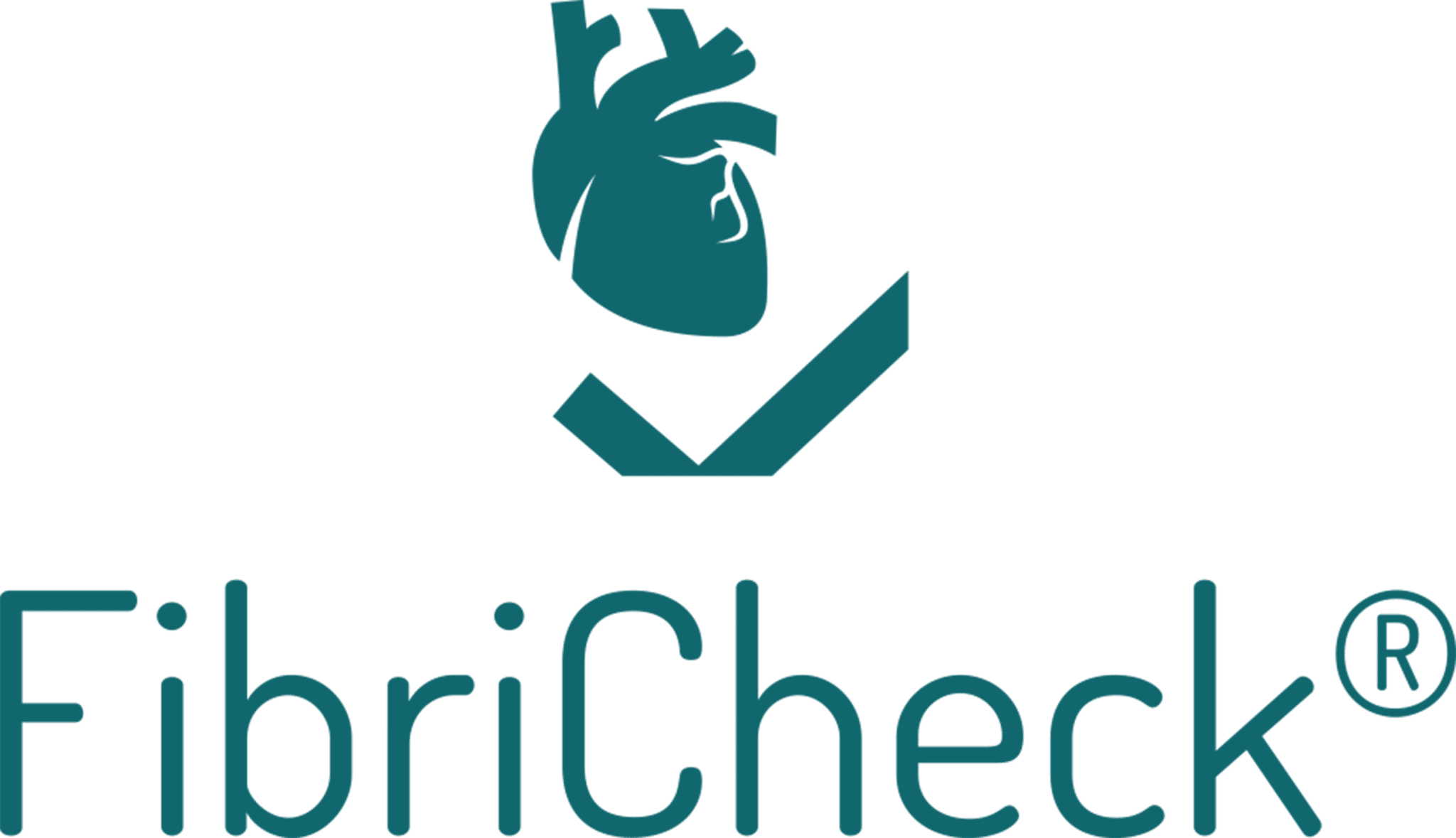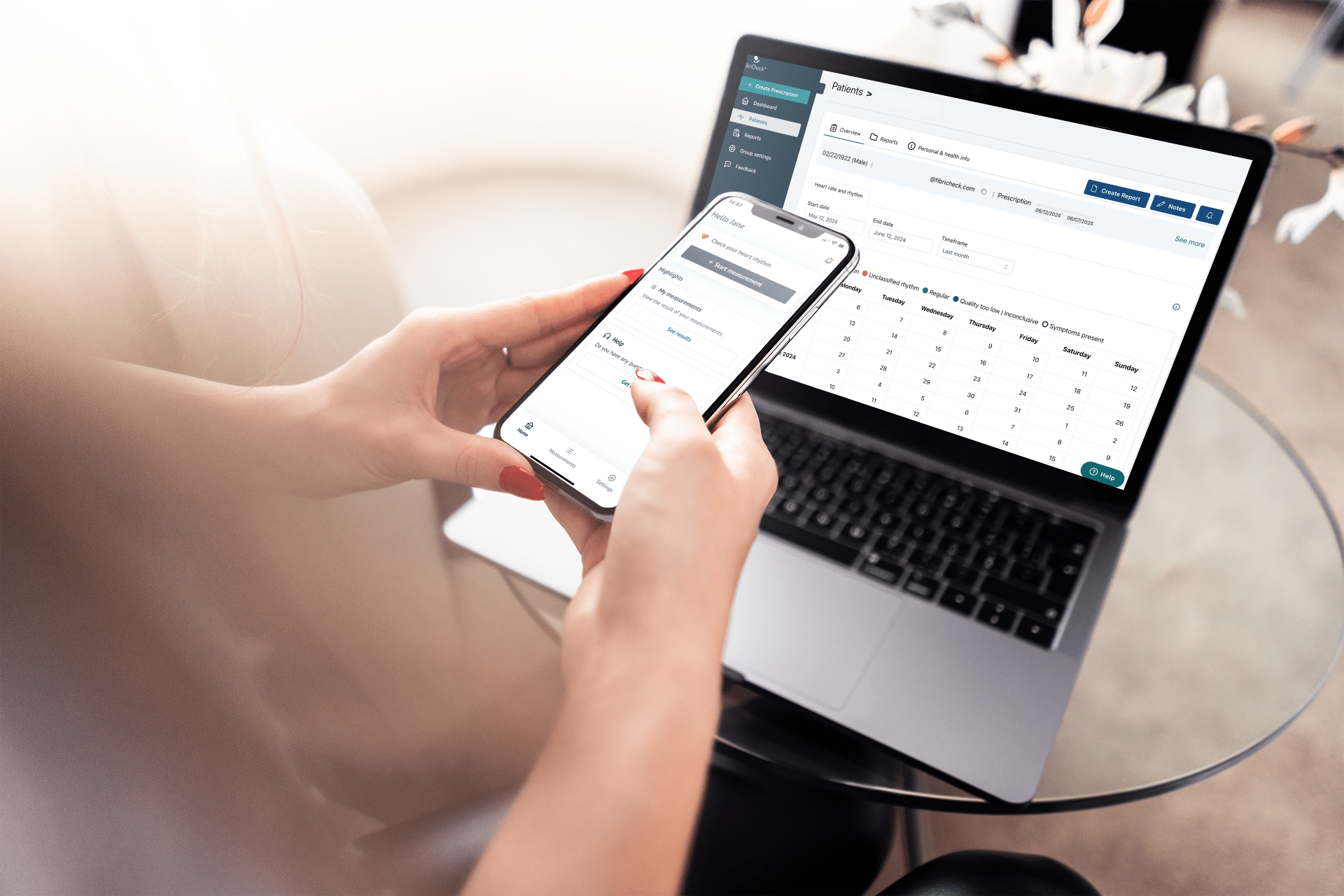FibriCheck, the app capable of detecting heart rhythm disorders like atrial fibrillation, is now available in Australia for use with compatible smartphones (both iPhone and Android) as well as selected smartwatches. This means that the more than 500.000 Australians at risk of developing atrial fibrillation1 can now monitor their heart rhythm, using nothing but their smartphone and 60 seconds of their time.
Entering the Australian market is yet another milestone for Qompium, the pioneering Belgian digital health company behind the app, after previously being granted an Australian Register of Therapeutic Goods Certificate by the Australian Government Department of Health for their doctor-to-patient (D2P) model. As the first stand-alone application of its kind to receive TGA clearance , this not only opens the Australian market, but also the wider Asia-Pacific region.
“The team has been working hard on our internationalisation strategy by expanding market access for FibriCheck in Australia,” says Lars Grieten, CEO of FibriCheck. “We’ve focused on our regulatory foundations and clinical evidence to demonstrate to the TGA that FibriCheck can be made available to the broader population in a safe way. This way, we continue building on our mission, which is to enable solutions for the timely detection of atrial fibrillation to prevent debilitating outcomes!”
Since its launch, FibriCheck has helped more than 500,000 people in 43 countries, performing over 4 million heart rhythm measurements and detecting around 40,000 heart rhythm disorders.
Atrial fibrillation: the silent killer
In total, 1 in 4 people over the age of 40 will develop a heart rhythm disorder like atrial fibrillation (AF) in their lifetime.2 As this risk increases with age, people as young as 40 have a lot to gain by regularly checking their heart rhythm. Especially those who experience heart palpitations or the occasional, inexplicable increases in heart rate.
Atrial fibrillation (AF) is the most common arrhythmia to require treatment and as such, affects a large part of the population. In Australia alone, there were over 72,000 hospitalisations with AF in 2017-18 and the condition was associated with 9% of deaths in 2018.1 And it’s a number that has steadily increased over the past decade.
Left untreated, atrial fibrillation can lead to a stroke. In fact, 20% of all strokes can be directly attributed to atrial fibrillation, making it the single most important risk predictor for suffering a fatal or debilitating stroke.
The problem with atrial fibrillation is that it can be very hard to diagnose. Episodes can come and go, and an estimated 40% of people with AF don’t even experience any symptoms at all.
How FibriCheck works
Using powerful algorithms, FibriCheck measures user’s heart rhythms via a mobile or wearable device, alerting them to potential episodes of difficult-to-detect disorders such as silent or intermittent atrial fibrillation. Not only is the app incredibly easy to install and use, it also allows users to measure whenever they want to. This is especially useful at times when they are experiencing symptoms.
FibriCheck’s extensive validation in clinical settings and large clinical trials in free-living conditions, demonstrates the state-of-the-art performance of the algorithms. Numerous clinical studies have been conducted, notably evidencing the proven equivalence with single lead ECG (electrocardiogram) devices.
The data and reports generated can then be easily forwarded to the user’s physician for further analysis, diagnosis and treatment, if required. Read more about how FibriCheck works on our website.
Want to stay up to date? Sign up for our newsletter.
References
- Australian Institute of Health And Welfare. Atrial fibrillation in Australia. Consulted on: https://www.aihw.gov.au/reports/heart-stroke-vascular-diseases/atrial-fibrillation-in-australia/contents/how-many-australians-have-atrial-fibrillation
- Lloyd-Jones D. et al. Lifetime Risk for Development of Atrial Fibrillation, 2004, https://doi.org/10.1161/01.CIR.0000140263.20897.42.
Created on April 29th, 2021 at 08:01 am
Last updated on January 6th, 2023 at 05:17 pm



